

Shipboard

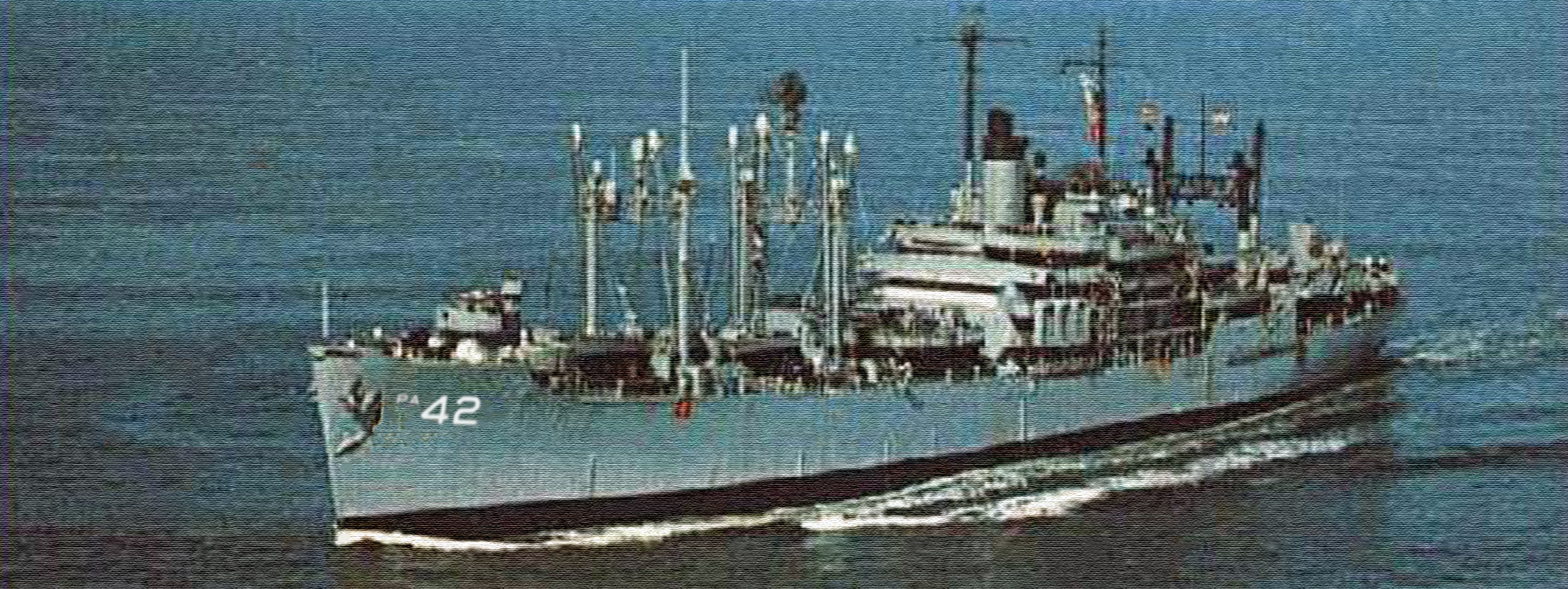
Facts and Scuttlebutt about USS Elmore
Claim to Fame
HBO's The Pacific
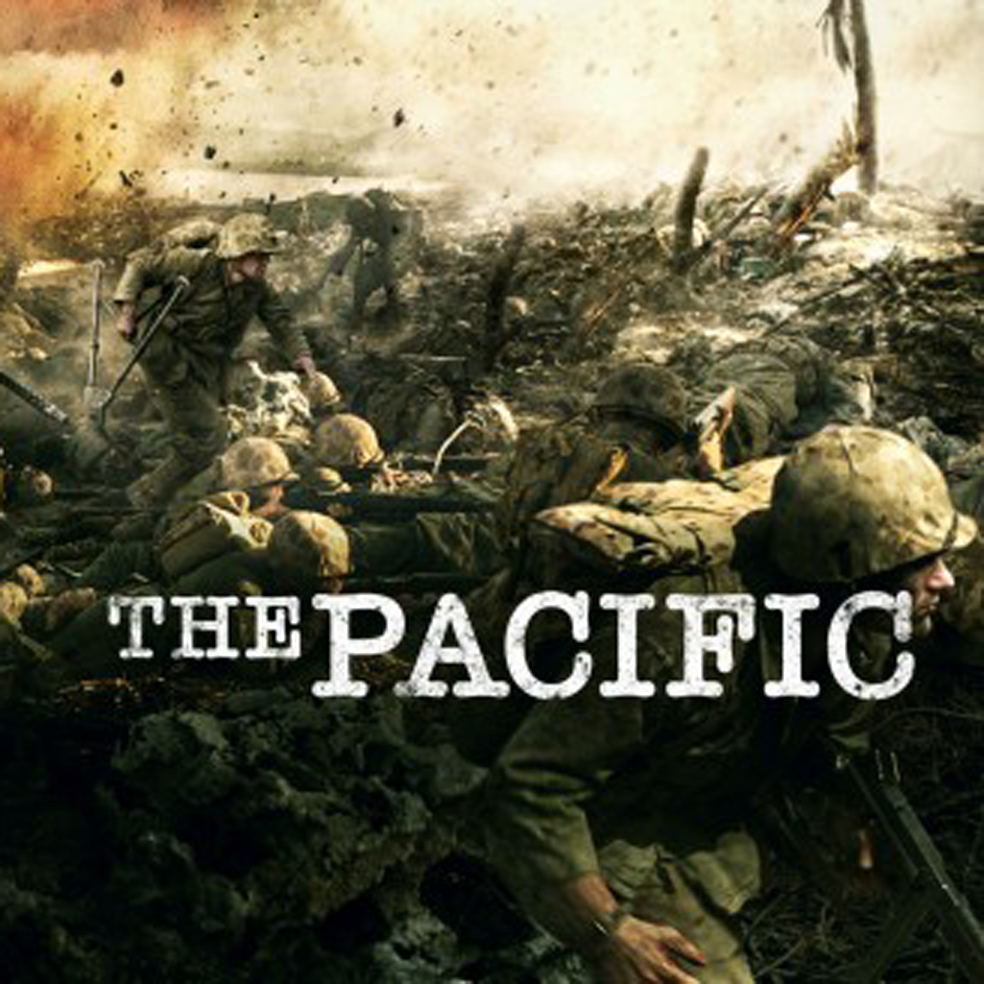
The Pacific is an American television series produced by HBO that premiered in the United States on March 14, 2010. It is a companion piece to the 2001 miniseries Band of Brothers and focuses on the United States Marine Corps' actions in the Pacific Theater of Operations within the wider Pacific War. Whereas Band of Brothers followed the men of Easy Company of the 506th Parachute Infantry Regiment through the European Theater, The Pacific centers on the experiences of three Marines (Robert Leckie, Eugene Sledge, and John Basilone) who were all in different regiments (1st, 5th, and 7th, respectively) of the 1st Marine Division.
The Pacific miniseries features the 1st Marine Division's battles in the Pacific, such as Guadalcanal, Cape Gloucester, Peleliu, and Okinawa, as well as Basilone's involvement in the Battle of Iwo Jima. It is based primarily on the memoirs of two U.S. Marines: With the Old Breed: At Peleliu and Okinawa by Eugene Sledge and Helmet for My Pillow by Robert Leckie. It also draws on Islands of the Damned by R. V. Burgin, the leader of Sledge’s mortar squad, and Red Blood, Black Sand, the memoir of Chuck Tatum, a Marine who fought alongside Basilone on Iwo Jima.
USS Elmore had a connection to some of the events highlighted in the series. Find out more. (Hint: SNAFU was on Elmore).
MacArthur's Return
Leyte Gulf
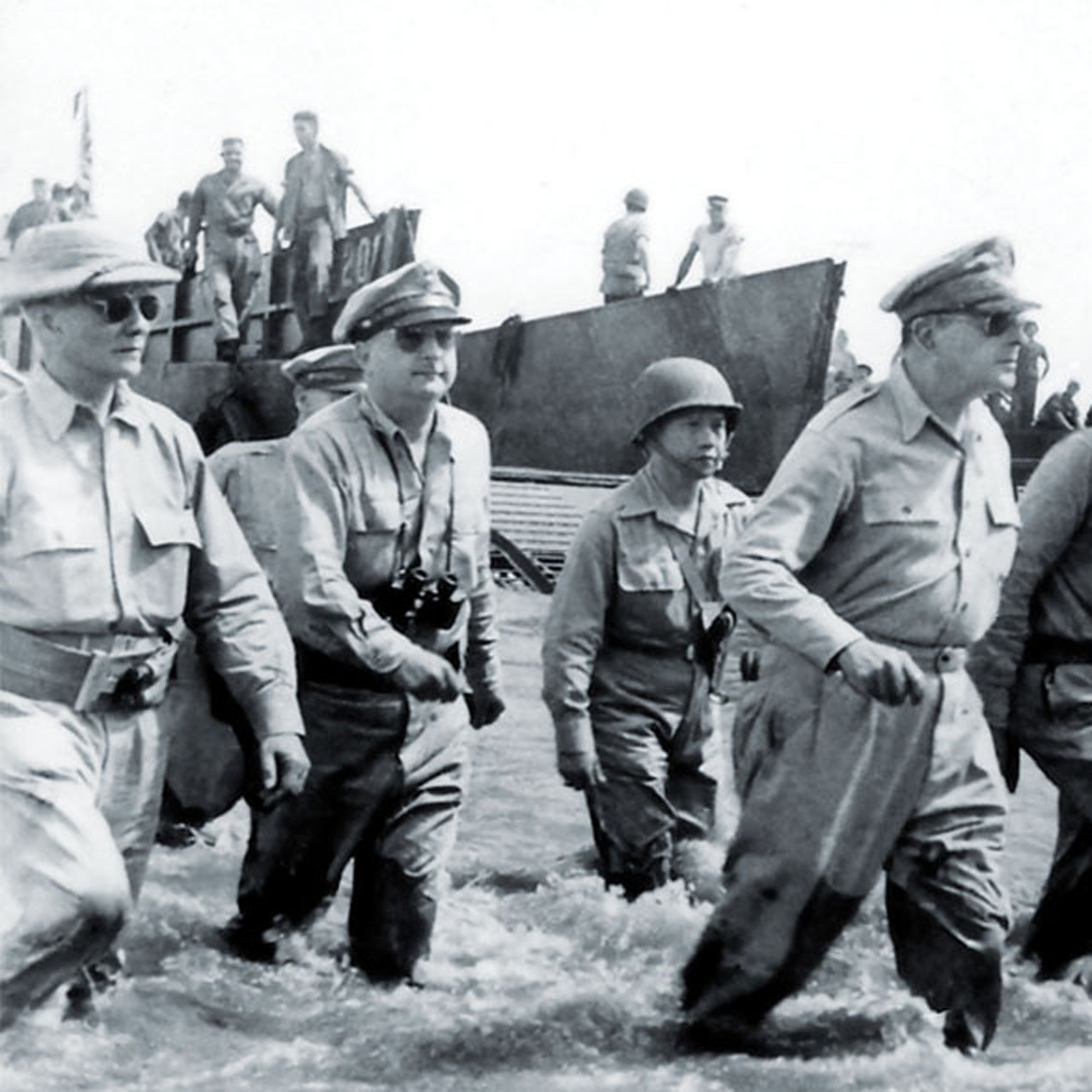
On 20 October 1944, General Douglas MacArthur fulfilled his promise to return to the Philippines. He stepped ashore on Palo ("Red") Beach at Leyte Gulf at approximately 1:30 PM. Following four hours of heavy naval gunfire on A-day, 20 October, Sixth Army forces landed on assigned beaches at 10:00. X Corps pushed across a 4 mi (6.4 km) stretch of beach between Tacloban airfield and the Palo River.
Within an hour of landing, units in most sectors had secured beachheads deep enough to receive heavy vehicles and large amounts of supplies. Only in the 24th Division sector did enemy fire force a diversion of follow-up landing craft. But even that sector was secure enough by 13:30 to allow Gen. MacArthur to make a dramatic entrance through the surf onto Red Beach and announce to the populace the beginning of their liberation: "People of the Philippines, I have returned! By the grace of Almighty God, our forces stand again on Philippine soil."
USS Elmore was there and some of her crew had a ringside view of history in the making.
Red Beach
A Tough Day for Elmore
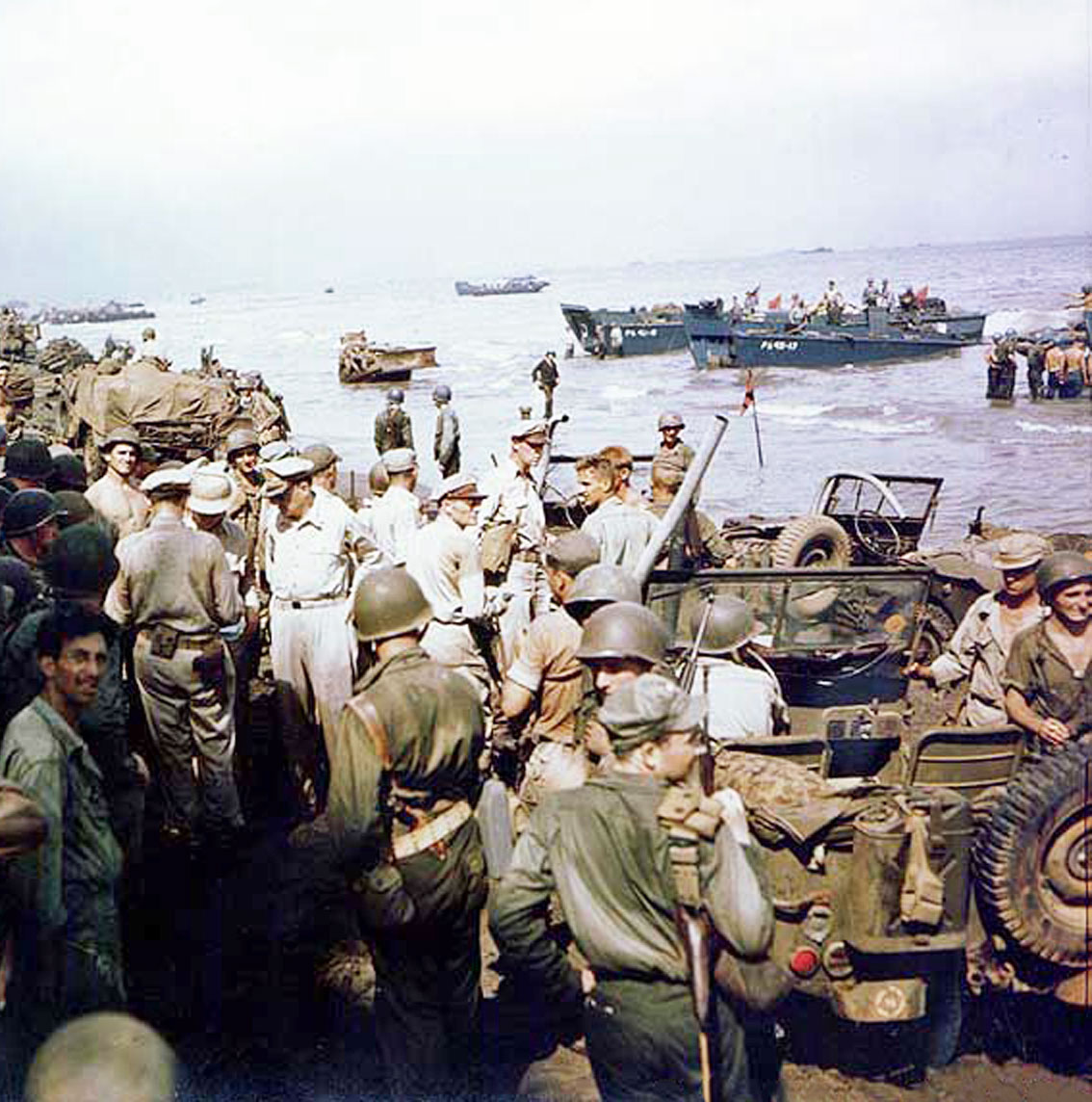
The Battle of Leyte (17 October – 26 December 1944) in the Pacific campaign was the amphibious invasion of the island of Leyte in the Philippines by American forces under the command of General Douglas MacArthur. The invasion of Leyte launched the Philippines campaign of 1944–45 for the recapture and liberation of the entire Philippine Archipelago and to end almost three years of Japanese occupation.
General MacArthur planned to land at Palo (“Red”) beach after it was secured. Rear Admiral Daniel E. Barbey was in command of Task Force 78, the U.S. Navy's Northern Attack Force, and assigned his best amphibious attack ships to the Red Beach landing: USS Fuller (APA-7); USS DuPage (APA-41); USS Elmore (APA-42); USS Wayne (APA-54); and attack cargo ship USS Aquarius (AKA-16).
It was a difficult day, as both Elmore and Aquarius lost members of their crews during this landing, Their sacrifice allowed General MacArthur to make his dramatic entrance through the surf onto Red Beach. Later that day, MacArthur announced on a radio broadcast ‘People of the Philippines, I have returned!’ By March the following year (1945), the Allied forces had regained the capital Manila and in June, MacArthur announced his offensive operations in Luzon had come to an end. World War II officially ended two months later in August 1945.
The Story of Hill 522
The Japanese Fortress at Palo, Leyte
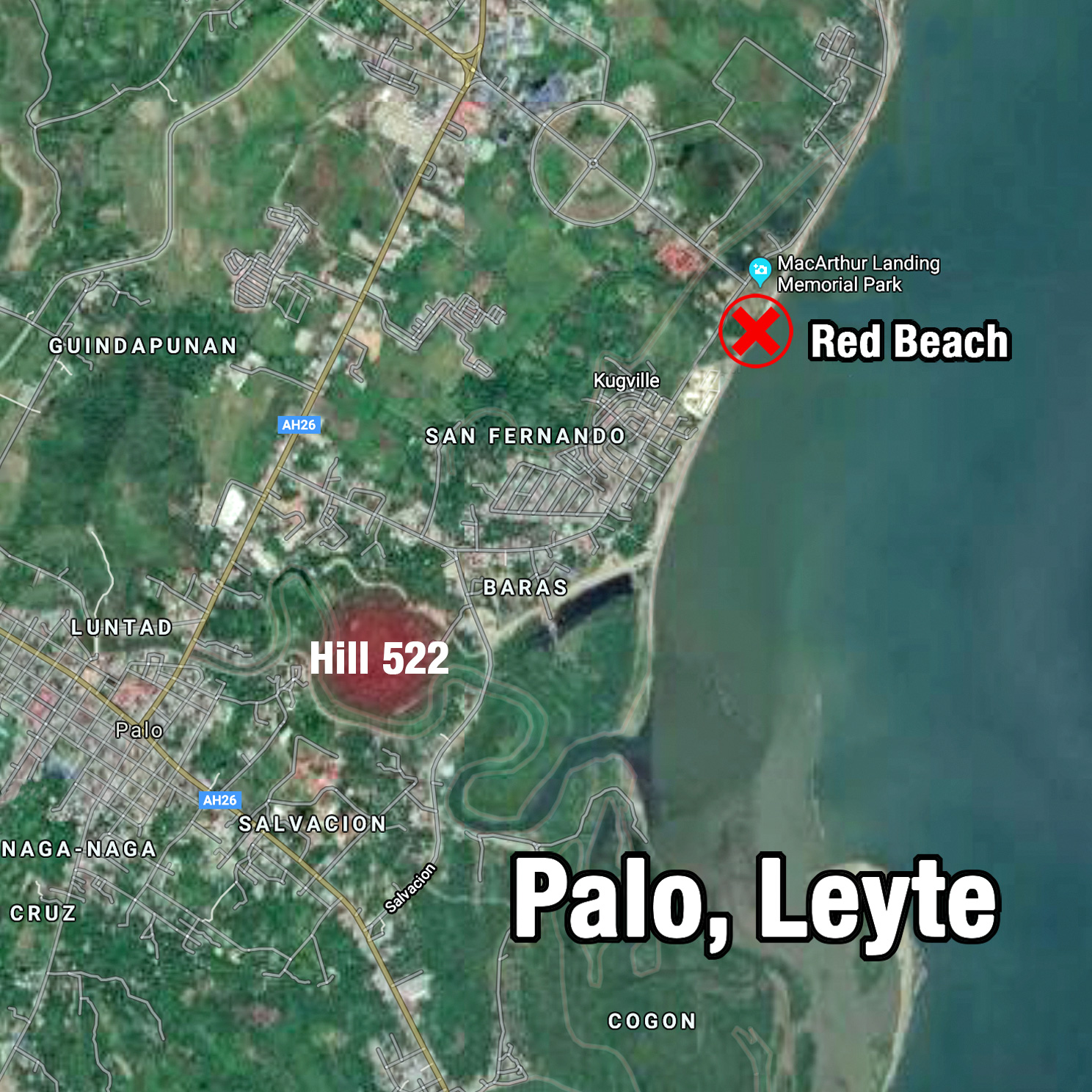
General Douglas MacArthur, in his unrelenting quest to liberate the Philippines after four years of Japanese occupation, landed at Palo “Red” Beach, Leyte, on 20 October 1944. The Japanese defenders were ready, having built a fortress to repel the invaders at Hill 522, just inland from Red Beach, alongside the town of Palo.
Hill 522 presented the most significant terrain feature which would have to be overcome before the American liberation forces could push into the interior from Palo and it constituted one of the chief objectives for ‘A Day’ (20 Oct. 1944). During the preliminary bombardments of Leyte, the U.S. Navy had delivered some of its heaviest blows to the area, but the bombardment proved to be ineffective in destroying the entrenched Japanese garrison on Hill 522.
Mortar fire from the Japanese garrison had no difficulty in finding their mark on the incoming landing craft. A number of the landing craft carrying the 1st Battalion, 19th Infantry, were hit and four of them sunk. There were numerous casualties: the commanding officer of Company C was killed; a squad of the Ammunition and Pioneer Platoon was almost wiped out; and the Cannon Company suffered the loss of two section leaders, a platoon leader, and part of its headquarters personnel.
Two of USS Elmore’s landing craft were hit by enemy mortar fire, killing Coxswain Franklin Burgess. The Japanese garrison on Hill 522 had to be neutralized. The clashing of opposing forces was inevitable.
The MacArthur Memorial
Remembering Leyte
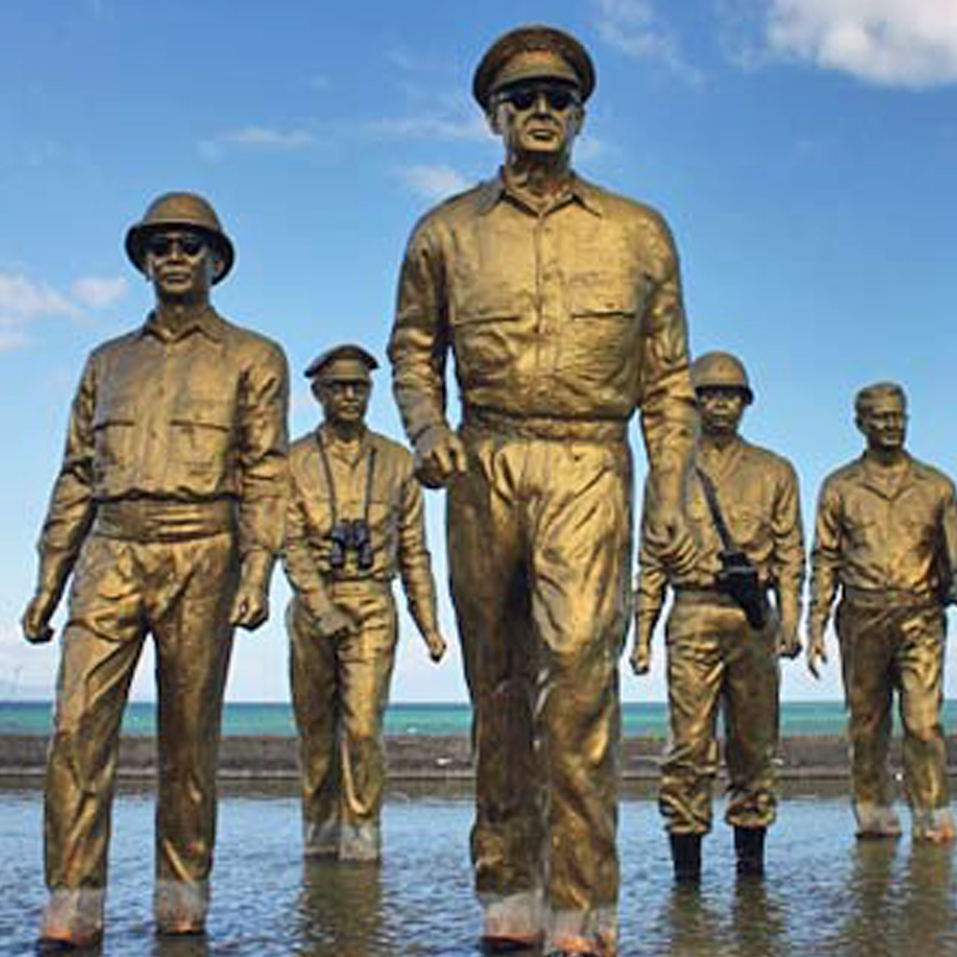
The MacArthur Leyte Landing Memorial National Park is a memorial in the Philippines that commemorates the historic landing of General Douglas MacArthur in Leyte Gulf at the start of the campaign to recapture and liberate the Philippines from Japanese occupation on 20 October 1944. This event led to the largest naval battle of World War II (also the world's largest naval battle in terms of gross tonnage sunk) and Japan's eventual defeat and surrender after almost three years. The war memorial is located in the municipality of Palo on Leyte island and is one of the region's major tourist attractions.
The park's focal point are the seven double-life-sized bronze statues on a shallow manmade pool depicting MacArthur and his entourage during the historic A-Day Landing as captured in the iconic photo by Gaetano Faillace. Accompanying General Douglas MacArthur were President-in-exile Sergio Osmeña, Lieutenant General Richard Sutherland, Brigadier General Carlos P. Romulo, Major General Courtney Whitney, Sergeant Francisco Salveron and CBS Radio correspondent William J. Dunn. Designed by sculptor Anastacio Caedo and inaugurated during the 37th anniversary of A-Day in 1981, the statues mark the spot where MacArthur fulfilled his promise of "I shall return" at Red Beach, so-called for the codename assigned by the US Sixth Army to the stretch of beach from Marasbaras to Palo that was designated as one of the landing areas.
Leyte Landing Map
See the Battlefield in 3-D
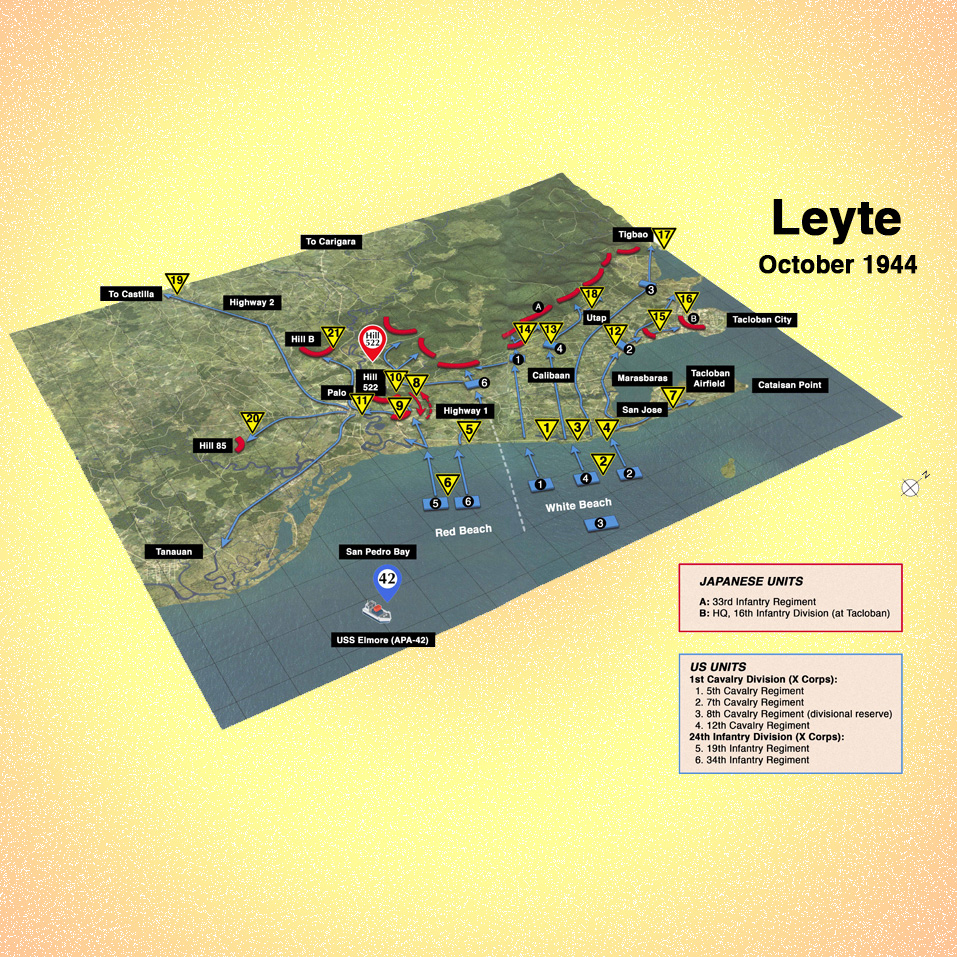
General MacArthur's campaign to liberate the Philippines from Japanese occupation began on 20 October 1944 at Leyte.
USS Elmore was there, landing troops at Red Beach. A few hours later, Gen. MacArthur made his triumphant return to the Philippines at Red Beach, a stretch of sand at Palo in Leyte.
This was an easy landing, compared with most amphibious operations in World War II – perfect weather, no surf, no mines or underwater obstacles, slight enemy reaction. British observers on board a control vessel reported that “at first sight, the landing plan appeared complicated, but as regards the landing on Red beaches, the precision with which they were controlled was good to see.” But that does not necessarily make it simple to understand the overall battle.
The U.S. Army landings at Red and White beaches are perhaps easier to understand by way of a simplified 3-D map which ties the enumerated items listed on the map to a description of each event.
Bob Hope
At Espiritu Santo
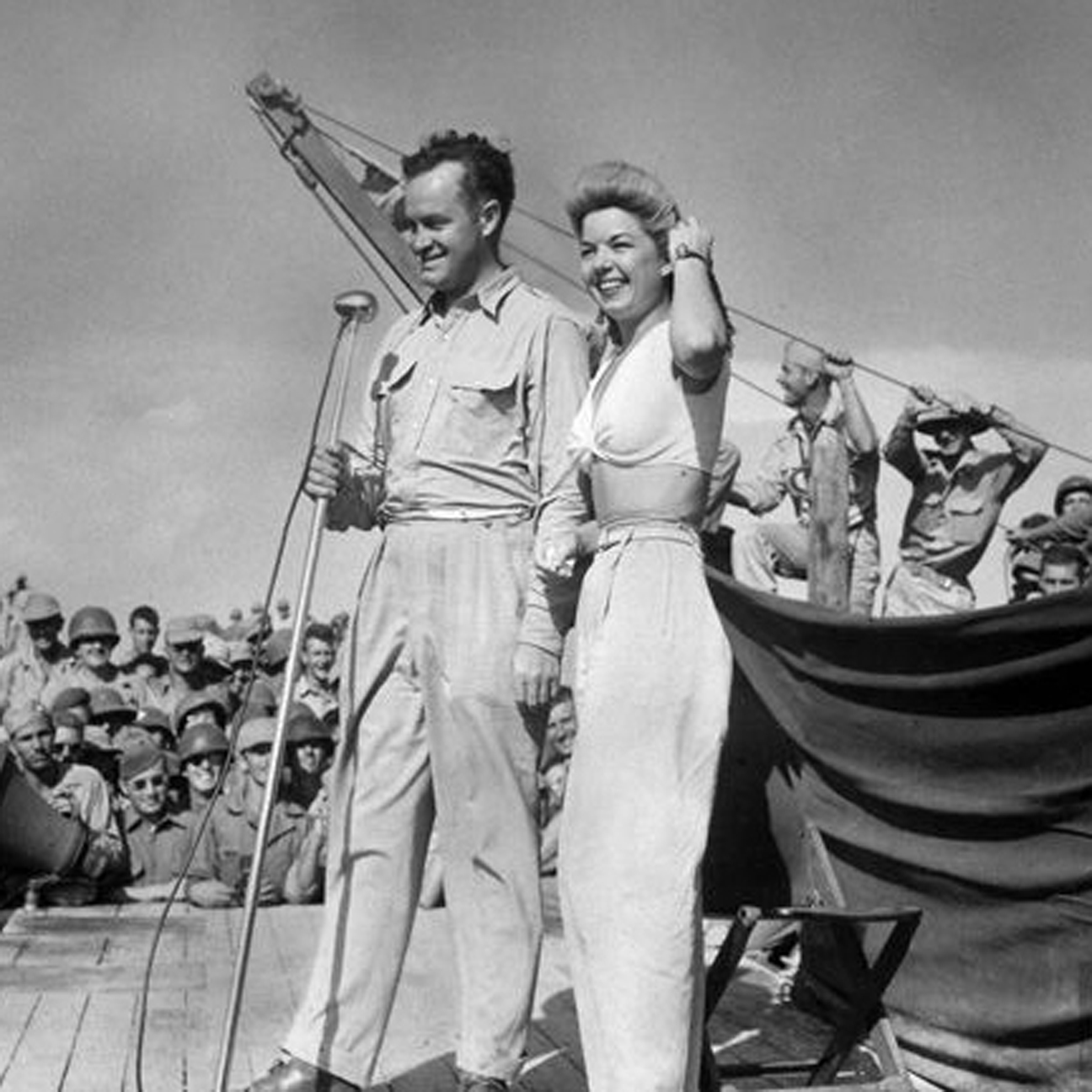
American entertainer Bob Hope began his career as an immigrant who came to the United States with his family as a young boy. In the early 1920s, he worked as a newsboy, a butcher’s assistant, a shoe salesman, and an amateur boxer to scrape by. In the decades that followed, Hope shaped his art on the vaudeville stage, and by the start of World War II, he was just emerging as one of America’s most popular radio and film stars.
When America went to war in 1941, Hollywood recognized the need for contributions and responded by entertaining troops, raising funds, and boosting morale. Hope’s work quickly took on new meaning when he was asked to perform his show outside of the studio, in front of a military audience at March Field, California. That day, he discovered what would become his most cherished audience: the armed forces. Hope later flipped the format of the show entirely and took his wartime programs on the road to military camps and bases across the country, inspiring other entertainers to join him. During the war, only nine of Hope’s 144 broadcasts were recorded in the studio—the rest were performed in front of troops.
USS Elmore was there at Espiritu Santo during the two days that Bob Hope performed (10-11 August 1944). This gave the entire crew an opportunity to see the show.
The story of Hope’s unique place in the history of World War II and beyond, and the contributions he made still reverberate more than 75 years later.
Battle Stars
Keeping Score
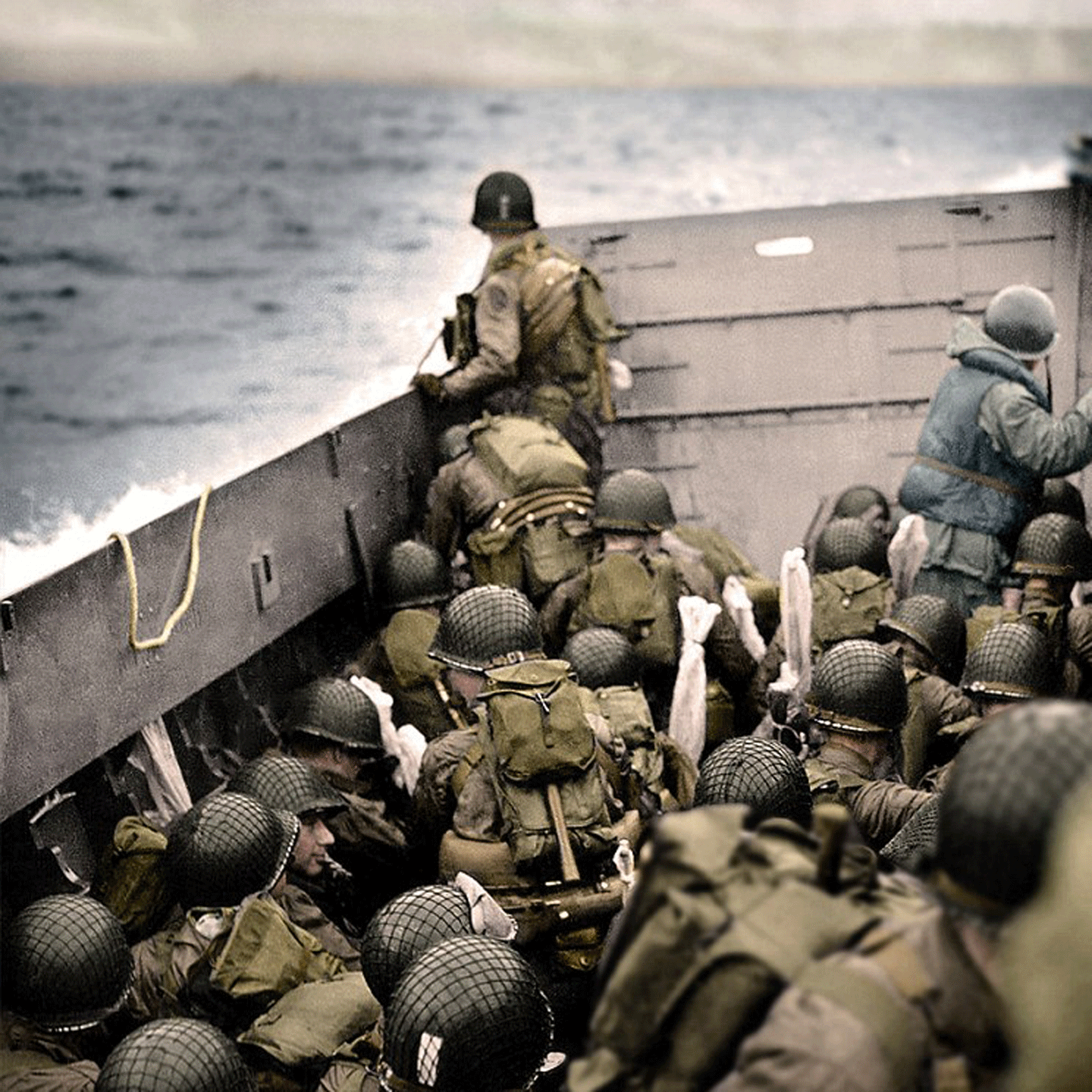
By the end of the war, the US Navy possessed 233 attack transports of various classes. If a ship participated in a specified naval engagement, that ship was awarded a battle star.
There were priceless few transports available at the start of the war and those would be split between the Atlantic and Pacific theaters of operation. A few of those older transports scored the most battle stars simply because of their availability throughout the war.
As the American shipbuilding industry geared up for war, designs were developed for building classes of attack transports. The two major classes of attack transports were the Bayfield-class (34 ships in this class) and the Haskell-class (117 ships in this class).
USS Elmore (APA-42) was a Bayfield-class attack transport. It should be noted that of all the Bayfield-class and Haskell-class ships, USS Elmore and two of her sister ships, USS Calvert (APA-32) and USS Pierce (APA-50), received the highest number of battle stars at eight.
Only five APAs earned more battle stars, two ships at 10 and three ships at 9. These were older ships that had been in commission since 1942-1943.
